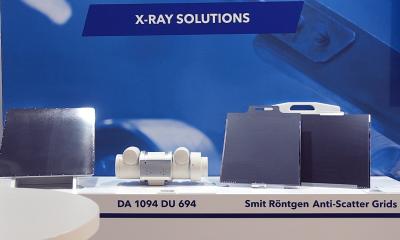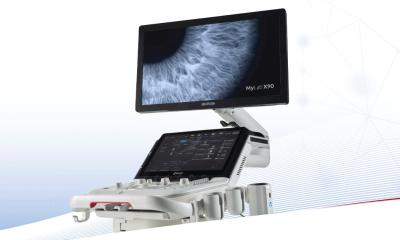Article • Backlog
Ten percent of radiology scanners should be scrapped
One in ten CT scanners and one in five MRI scanners are technically obsolete. The European Society of Radiology (ESR) is sounding the alarm.
Report: Michael Krassnitzer

In 2008, around 60% of all CT scanners and 55% of all MRI scanners were up to five years old; 31% of all CT scanners and 32% of all MRI scanners were between five and ten years old; 9% of all CT scanners and 16% of all MRI scanners were over ten years old.
This roughly corresponds with the golden rule developed by the European Coordination Committee of the Radiological, Electromedical and Healthcare IT Industry (COCIR), stipulating that the respective ratio for equipment up to five years old, between five and ten years old and over ten years old in a country should be 60 to 30 to 10 percent.
‘In 2008, we had the global financial crisis,’ recalls Professor Boris Brkljacic, radiologist at the University of Zagreb School of Medicine, and a member of the European Society of Radiology (ESR) board. Five years later the situation in Europe was very different. In 2013, around 50% of all CT scanners and 47% of all MRI scanners were up to five years old, 38% of all CT scanners as well as 34% of all MRI scanners were between five and ten years old, and 13% of all CT scanners and 19% of all MRI scanners were over ten years old. Overall, around 3,000 CT units in Europe are technically out-dated. Most of these scanners are found in Germany, Italy, Poland, Spain and the UK.
The fact that increasingly older CT and MRI scanners are being used in Europe runs counter to another development: ‘Continuous technological progress in radiology requires ever faster replacements of equipment,’ Brkljacic stresses. ‘Scanners older than ten years can no longer be considered state of the art and must be replaced.’ In other words: A substantial number of CT and MRI examinations carried out in Europe do not correspond with the latest state of science.
Radiological equipment only has a limited lifespan – and the older the equipment, the higher the risk of malfunction or complete breakdown. The quality of imaging deteriorates with increasing age of equipment. ‘This is unavoidable,’ emphasises Brkljacic.
In paediatric imaging, low-dose protocols and state of the art equipment are particularly important
Boris Brkljacic
Furthermore: the newer the scanner, the lower the radiation exposure. Older scanners can no longer comply with the ESR Eurosafe Imaging Program guidelines, which are always based on the latest technological developments. Cardiac CT scans illustrate this. Radiation exposure from the latest generation of scanners is only 10-30% of the level of exposure experienced by heart patients examined with scanners that are five to six years old. ‘In paediatric imaging, low-dose protocols and state of the art equipment are particularly important,’ the Croatian radiologist emphasises.
To help manage the necessary replacements, the ESR recommends that all healthcare facilities and authorities should plan at least five years ahead and that plans should be updated annually. This should take into account the fact that the lifespan of equipment used less frequently can be up to 50% longer – and that the lifespan of equipment that is not regularly maintained, for cost reasons, can be up to 50% shorter.
Profile:
Professor Boris Brkljacic is Vice Dean of the University of Zagreb School of Medicine (UZSM), Professor of Radiology and Chair of Radiology Cathedra at UZSM and Chairman of the Department of Diagnostic and Interventional Radiology, University Hospital Dubrava in Zagreb. He is also 2nd Vice-President of the European Society of Radiology (ESR). The Zagreb-born radiologist, whose fields of work are breast and urogenital imaging, as well as vascular and interventional radiology, is editor, editorial board member and reviewer of numerous scientific journals and has been an invited speaker at over 200 international and national scientific meetings.
06.08.2017










